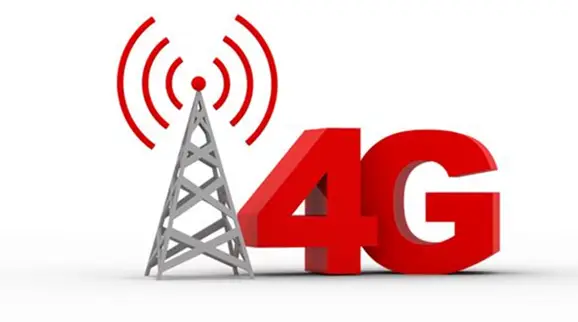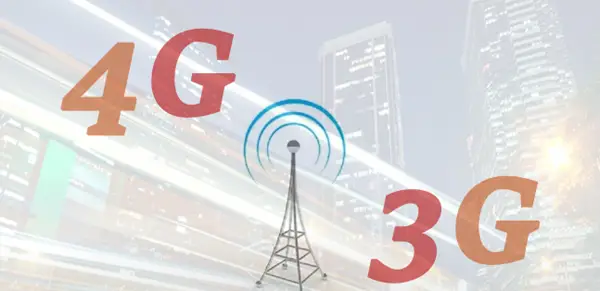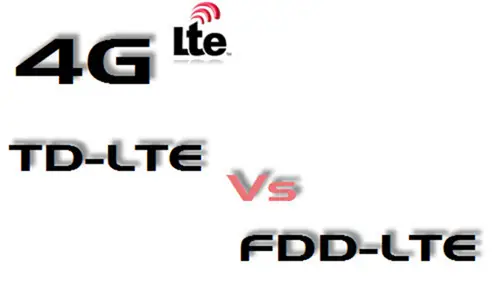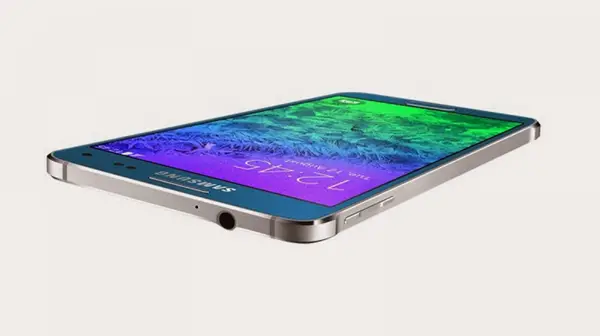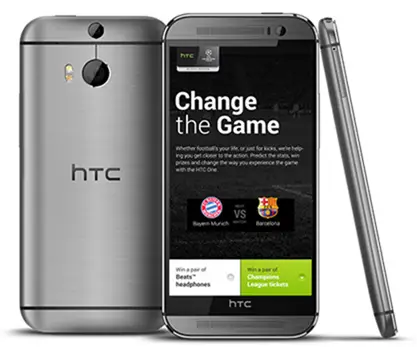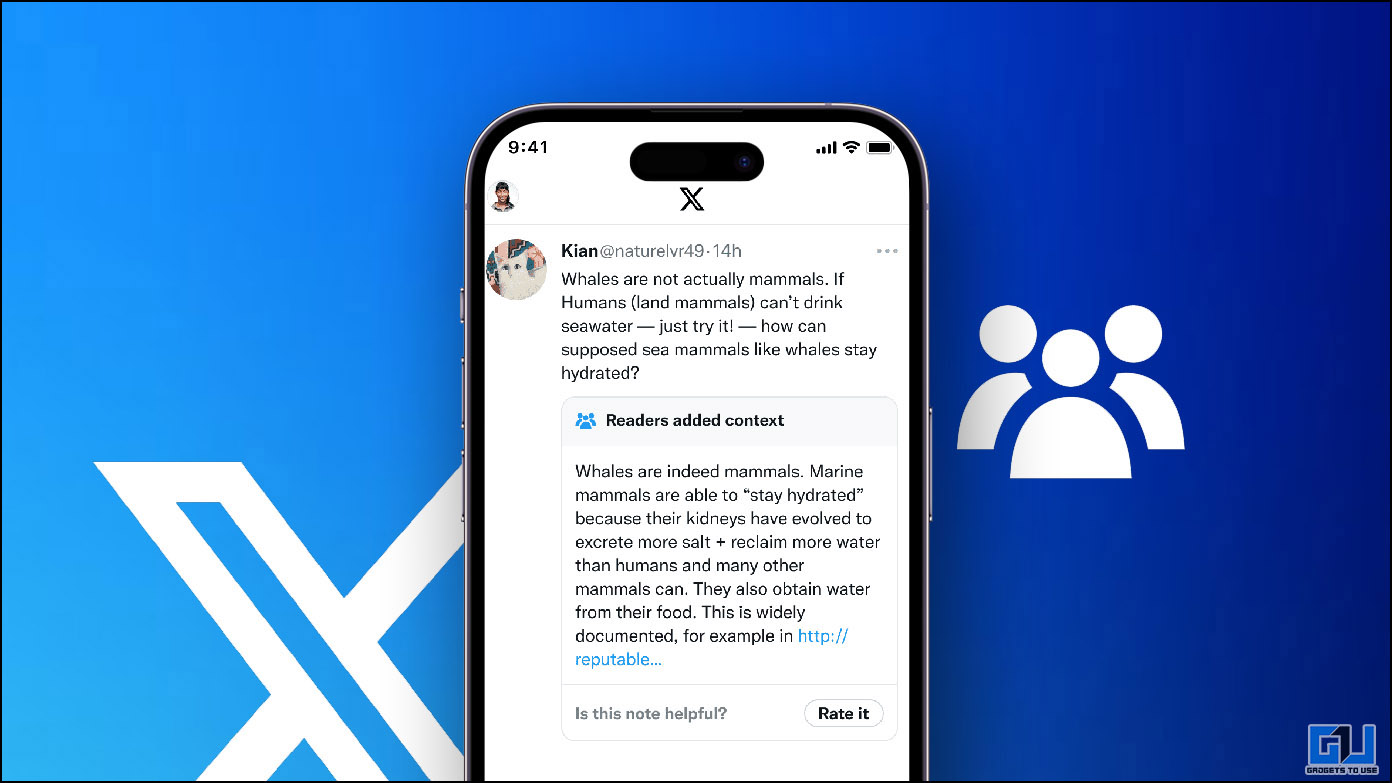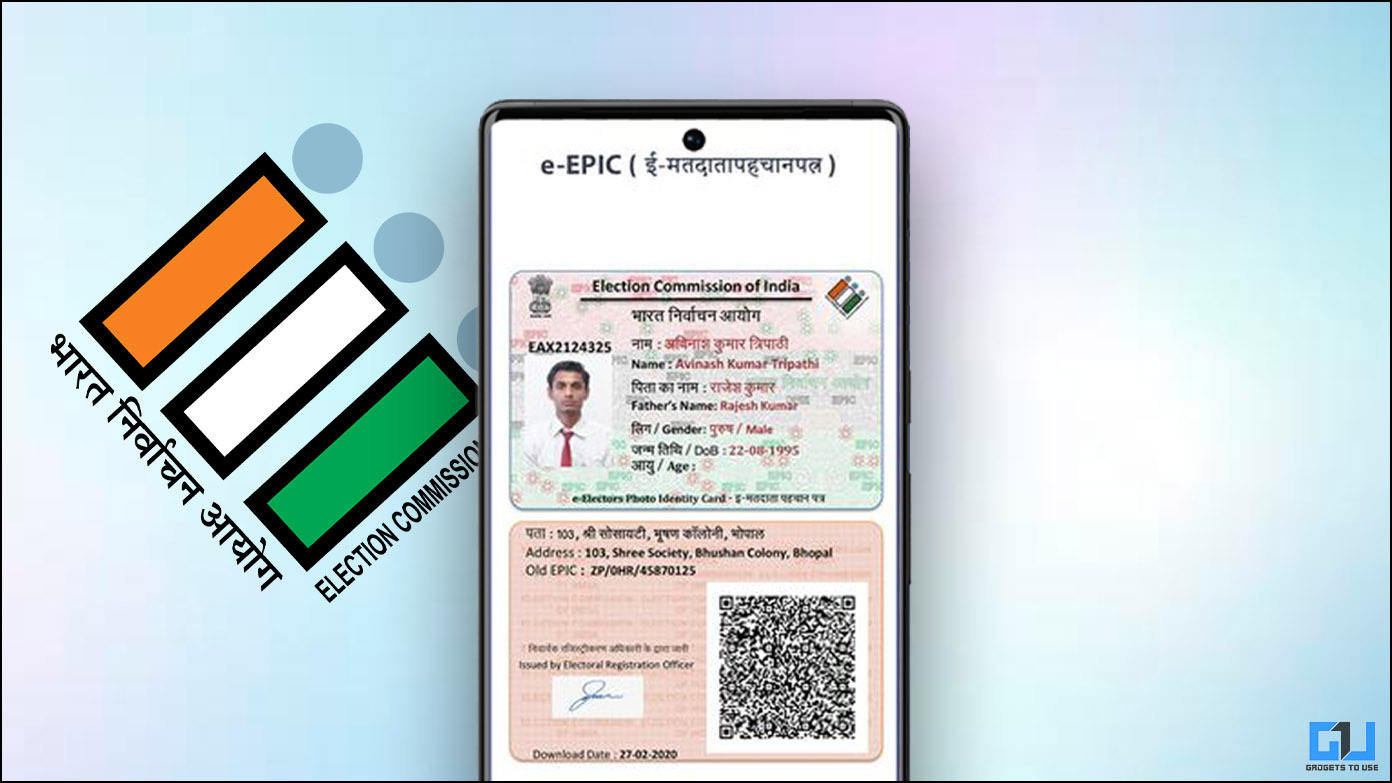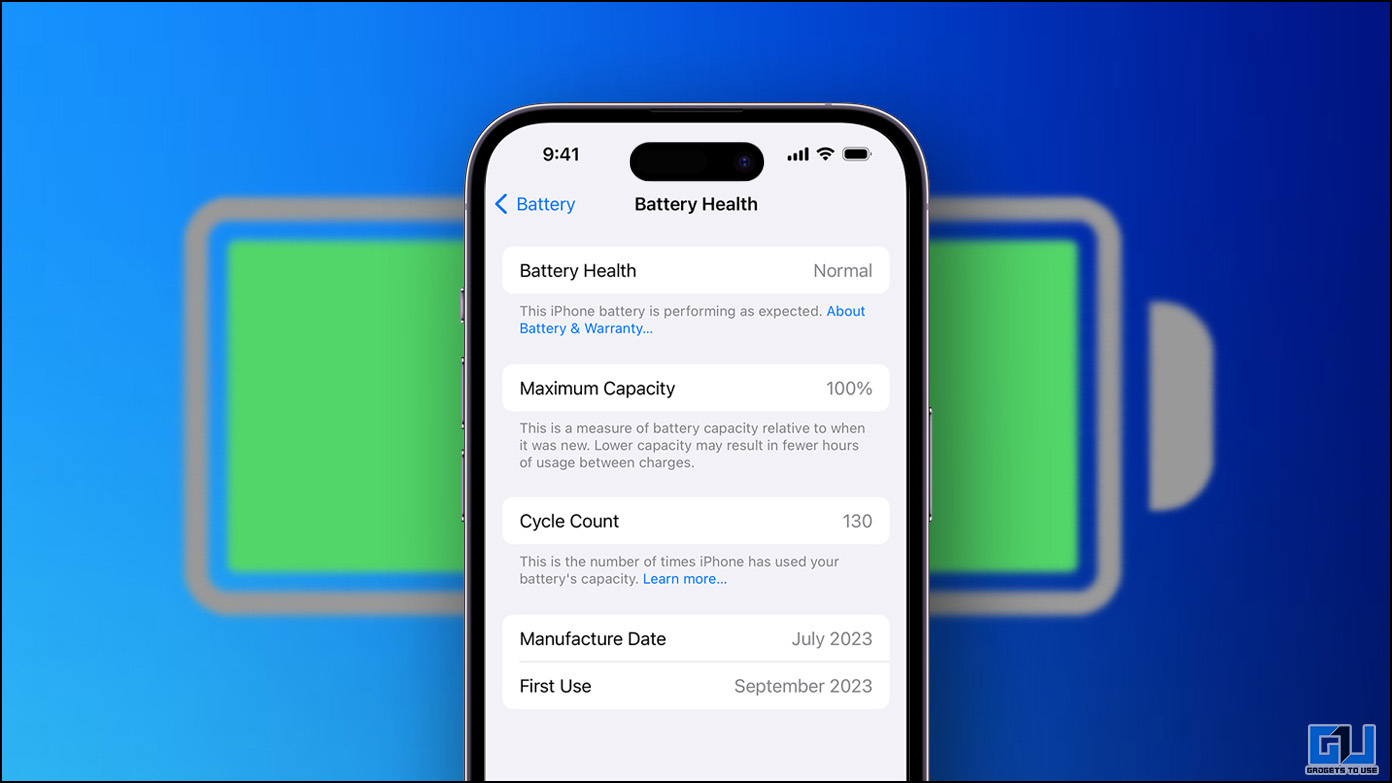4G LTE is slowly but steadily gaining ground in India and several telecom operators are expected to roll out there 4G LTE services in India by next year. 4G LTE is still in its nascent stages, but is shaping up to be a meaningful consumer requirement in near future. Let us take a look at what 4G LTE is and what is the current scenario in India.
What is 4G, LTE and the difference between 4G and LTE
4G where G stands for ‘Generation’ was developed by 3rd generation partnership project (3GPP) aiming at providing up to 10 X speeds of 3G networks. 4G LTE (Long Term Evolution) is one of the several competing 4G standards (some other being with Ultra Mobile Broadband (UMB) and WiMax).
4G LTE band 40, 2300 MHz (TDD-LTE) is the LTE bandwidth that is available in India as of now and that is what Airtel is offering in India. Indian government has also auctioned 1800 MHz (FDD-LTE) spectrum, but no operator is offering that till date.
3G VS 4G LTE
The difference is in Speed. While 3G networks are supposed to offer anything between 3 Mbps to about 21 Mbps, but in practical use, the download speeds are much lower. in India, TRAI wants to set minimum 1 Mbps download speed for 3G which in itself speaks about its dismal scenario. While Airtel 4G LTE in India is able to deliver what 3G theoretically promises in practice.
You can get up to 21 Mbps download and 11-12 Mbps upload speed, but high speed also means you will run out of data limit very soon. Since all 4G Data plans come with a cap, you will be stuck with 128 kbps after exhausting your data limit. Speeds vary in a vast range 3 Mbps – 29 Mbps according to credible buzz on the internet. Airtel claims 5 times increase over 3G from its LTE network. Theoretical numbers will however point to sky high speeds which aren’t practically realized in India yet.
What is the Difference Between TD LTE and FD LTE? Which one is better?
Radio communications occur in both directions. This is referred as Duplex Scheme and this two way communication can take place in two possible ways – Time division Duplex (TDD) and Frequency Division Duplex (FDD), thus giving two type of LTE standards.
Time Division Duplex LTE (TDD LTE) or simply Time Division LTE (TD LTE) transmit and receives on the same bandwidth , but alternatively. Thus transmission and reception is on the same bandwidth with a time gap. This type of duplexing requires less hardware cost (for telecoms) and you can use more bandwidth for both downloading and uploading. Disadvantages include Guard period required to ensure uplink and downlink don’t clash and discontinuous transmission.
Frequency Division Duplexing or simply frequency Division LTE (FDD LTE/ FD LTE) splits bandwidth to transmit uplink and downlink, with a guard band in between. This theoretically leads to less interference and better reception. Main disadvantage is more bandwidth required.
On the whole, adding all factors, it’s hard to pick one of the two as a better option over others. In India FD LTE will arrive by next year or perhaps even later. With 4G scenario fully messed up with different players providing varying speeds depending on a number of factors, you can’t pick one of the two as better option. Having said that, it will cost less to deploy 4G on 1800 MHz FDD LTE bands as compared to 2300 MHz TDD LTE band (1800 MHz band is already in use for 2G, etc), from operators point of view, so we can expect more competition and options for FDD LTE in future.
4G LTE in India. Which 4G LTE Phone should you buy?
In India Airtel was the first operator to Introduce 4G LTE in India. Airtel 4G LTE works on 2300 MHz TD-LTE and is operational in around 15 cities. Aircel is the second Indian Telecom Operator to launch 4G LTE on the same 2300 MHz TDD-LTE spectrum.
Reliance Jio Infocom Ltd is expected to start 4G LTE services on both 2300 MHz TD LTE and 1800 MHz FD LTE (14 circles)in India. Vodafone will also soon begin 1800 MHz FD LTE 4G LTE in India this year. Reliance Jio is the only company who has successfully acquired 4G LTE spectrum in entire India.
Before you buy a 4G Enabled smartphone, you should check what band it supports to know if it will work in your area. Phones like HTC One M8 support FD LTE 1800 MHz 4G LTE and won’t support 4G till we see FD LTE in India by next year. Some popular phones which support 4G LTE in India today (must support 2300 MHz TD LTE band) include LG G2, Samsung Galaxy Alpha, iPhone 5s, iPhone 5c, LG F70, etc. Dual Mode LTE phones which support both TD LTE and FD LTE are also available in Global markets.
Benefits of 4G LTE advanced (LTE-A)
LTE Advanced or Cat 6 LTE can be considered a future roadmap for 4G LTE, which we won’t be seeing at its full potential any time soon. LTE Advanced will theoretically give up to 300 Mbps download speed (as compared to 150 Mbps in Cat 4 LTE) which is about 10 times more than peak LTE speed which practically reaches user end. You will need a handset which supports Cat 6 LTE (Huawei Honor 6, Samsung Galaxy S5 LTE- A) apart from a telecom operator which provides the same. Neither is readily available and It should take some long time before we see such high data speeds in India.
Conclusion
With Most data users still using 2G, 4G will take some time to hold its ground in India. The main challenge will be to work out economical plans, affordable and appealing to Indian Youth. 4G LTE still has a long way to go and it will still take time for operators to provide heavenly Internet speeds at right prices. With Internet and Data boom around the corner, this should happen sooner rather than later.
